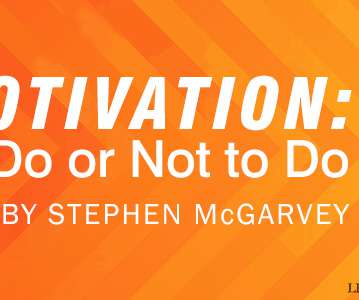Motivation: To Do or Not to Do
Leading Blog
DECEMBER 23, 2022
In comparison, other people are motivated by moving “toward” things that they want to achieve, accomplish, or attain. To identify people who are options-oriented, look for those who like to create, design, and develop. Some people are motivated by “away from,” that is, what they can avoid, prevent, or eliminate.















Let's personalize your content